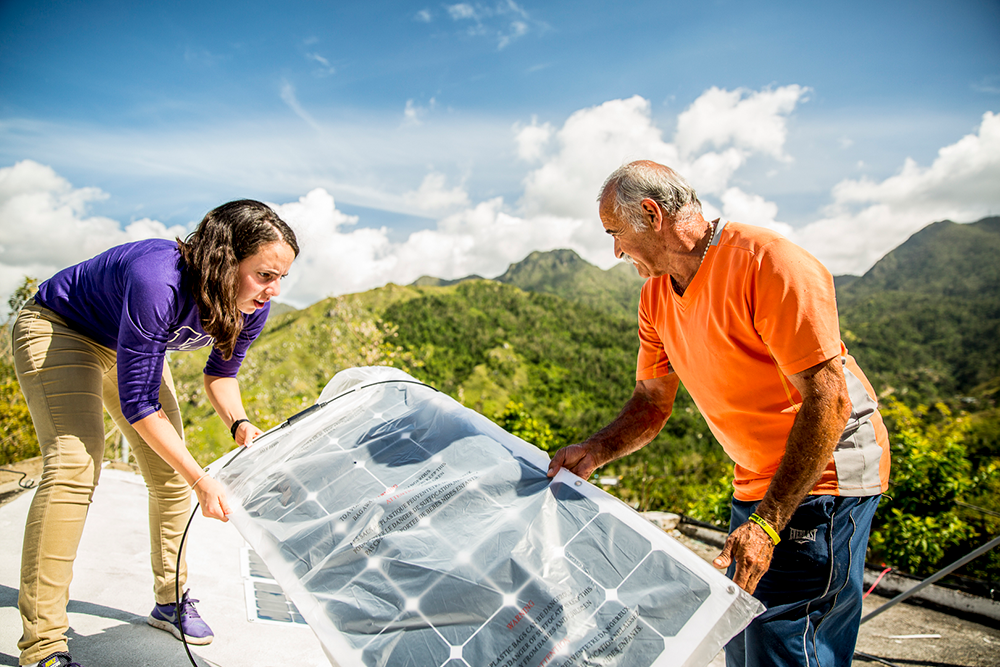- Drug Coverage
- Hypertrophic Cardiomyopathy (HCM)
- Vaccines: 2023 Year in Review
- Eyecare
- Urothelial Carcinoma
- Women's Health
- Hemophilia
- Heart Failure
- Vaccines
- Neonatal Care
- NSCLC
- Type II Inflammation
- Substance Use Disorder
- Gene Therapy
- Lung Cancer
- Spinal Muscular Atrophy
- HIV
- Post-Acute Care
- Liver Disease
- Pulmonary Arterial Hypertension
- Safety & Recalls
- Biologics
- Asthma
- Atrial Fibrillation
- Type I Diabetes
- RSV
- COVID-19
- Cardiovascular Diseases
- Breast Cancer
- Prescription Digital Therapeutics
- Reproductive Health
- The Improving Patient Access Podcast
- Blood Cancer
- Ulcerative Colitis
- Respiratory Conditions
- Multiple Sclerosis
- Digital Health
- Population Health
- Sleep Disorders
- Biosimilars
- Plaque Psoriasis
- Leukemia and Lymphoma
- Oncology
- Pediatrics
- Urology
- Obstetrics-Gynecology & Women's Health
- Opioids
- Solid Tumors
- Autoimmune Diseases
- Dermatology
- Diabetes
- Mental Health
Why Energy Storage Is So Vital for Healthcare
With worsening storms and other natural disasters, it’s more important than ever for healthcare executives to pay attention to emergency power supplies.

Marriele Mango

With a recent refocus on Social Determinants of Health (SDOH), healthcare executives are identifying the factors that end up having significant detrimental impacts to patient’s health.
While conversations about SDOH often center on factors like housing problems or food shortages, one factor is often overlooked: electricity.
For patients dependent on medical equipment, a lack of electricity-even short-term outages-can be disastrous for long-term health. This is especially true in light of the upcoming hurricane, tornado, and fire seasons, as natural disasters can leave vulnerable patients without access to reliable power.
Related article: How Technology is Addressing SDOH
To address this, the Clean Energy Group (CEG), a national nonprofit advocacy organization working on innovative policy, technology, and finance strategies in the areas of clean energy and climate change released its report “Home Health Care in the Dark.” The report details strategies for protecting those patients from those potentially deadly power outages.
Managed Healthcare Executive asked study author and resilient power program associate Marriele Mango about what the report means for healthcare executives.
MHE: Why should healthcare execs be interested in this?
Mango: Millions of health plan members rely on electricity to power not only much-needed medical equipment like oxygen concentrators, but also day-to-day needs like refrigeration for insulin, nebulizers and prescription medicines. What we’ve found from recent catastrophes such as Hurricane Maria, and more recently the Camp Fire in California, is that when people don’t have access to electricity, their health can suffer and an emergency situation can quickly develop. After Hurricane Maria devastated Puerto Rico, health care complications, including outage-related issues like medical device failure, accounted for almost one-third of the estimated 4,645 additional deaths over a three-month period.
The risks faced by those dependent on electricity for medical devices will only increase as severe weather and natural disasters continue to become more frequent and outages grow in duration. The time to find solutions is now. June is the start of both hurricane and fire season. Industry experts expect another volatile season. Additionally, in California, regulators already approved utilities request to shut off the electrical grid as a wildfire prevention tactic. This could put thousands of medically vulnerable, electricity-dependent residents at risk.
In this era of value-based care, where there is such an emphasis on quality and outcomes, health plans will need to meet the needs of this highly vulnerable population. Battery storage, especially when paired with solar PV, can provide life-saving backup power for medically vulnerable people during power outages, more safely and reliably than backup diesel generators. In addition to providing resilient power, battery storage technologies can also lower electric bill expenses and, in some cases, generate revenue by providing valuable grid services.
Health plans and others responsible for the welfare of vulnerable populations need to recognize battery storage as critical to life support during an outage and provide opportunities for electricity-dependent individuals to access resilient battery storage systems.
MHE: Who is Clean Energy Group and why are you involved in this effort?
Mango: Clean Energy Group (CEG) is a national nonprofit advocacy organization working on innovative policy, technology, and finance strategies in the areas of clean energy and climate change. The Resilient Power Project, a joint initiative of CEG and Meridian Institute, is designed to help states and municipalities with program and policy information, analysis, financial tools, technical assistance, and best practices to speed the deployment of resilient power systems in their communities.
Through our work on projects across the country, we have found that medically vulnerable people are at the highest risk during power outages. We hope to inform health plan administrators, legislators, public health professionals, and others about the life-saving benefits of resilient battery storage technologies for home health care applications. We’re working to build partnerships and coalitions with a range of public and private partners and develop the policies and processes that will ensure affordable access to battery storage for low-income and medically vulnerable populations.
MHE: What types of members are the most vulnerable?
Mango: The populations at greatest risk are those dependent on electricity for life sustaining medical devices. This medically vulnerable population includes 2.5 million Medicare members, as well as children and low-income populations who may not have available resources to rely upon for assistance during and after a natural disaster or power outage.
MHE: What can health plans do to help their vulnerable members prepare for power outages?
Mango: One of the most important steps is to use data to identify the highest risk patients, where they are, and what their needs are. While there needs to be collaboration with other entities to fully address this problem, health plans can take the important steps of identifying members that would benefit from battery storage systems and providing education to those members about the benefits of battery storage backup power during an outage. We need to work together to encourage a change in how we provide emergency power to vulnerable populations following an outage.
MHE: What kind of community partnerships can be formed to improve services to members?
Mango: Among the recommendations for policymakers and public health professionals detailed in the CEG and Meridian report are the following:
Related article: 4 Ways Health Plans and Communities Can Address SDOH
- Funding research into energy security and resilience for home health care beneficiaries.
- Supporting community solar+storage pilot programs. CEG works with a range of states, municipalities and other organizations on a daily basis to develop and implement pilot programs. We are available to assist health plans in any such effort.
- Collaborating with healthcare providers and home health agencies.
- Fostering utility-administered residential battery storage programs; and
- Working with Medicare and Medicaid to expand coverage to include battery storage.
Nicholas Hamm is an editor with Managed Healthcare Executive
Cover image credit: Volunteer Mareldi Ahumada, a Ph.D. student in Electrical Engineering at the University of Washington and a resident of Jayuya in Puerto Rico work to install solar panels on houses of medically vulnerable patients. Photo Credit - University of Washington, Dennis Wise (UW Photographer).
Doing More and Saving More with Primary in Home Care
September 1st 2021In this week’s episode of Tuning In to the C-Suite podcast, MHE Associate Editor Briana Contreras interviewed VillageMD’s Senior Medical Director of Village Medical at Home, Dr. Tom Cornwell. Dr. Cornwell discussed the main benefits of primary care at home, which includes the benefit of cost savings for patients, maintaining control of hospital readmissions and others. Dr. Cornwell also noted what has changed in the industry of at-home care and if there has been interest from payers like insurance companies and medicare in the service.
Listen
This week on Tuning Into The C-Suite Briana Contreras spoke with Dr. Scott Hayworth, president and CEO of New York-based CareMount Medical. In this interview, the two discussed the importance of patients staying in contact with their doctors for the sake of reducing public health risks and to discuss ongoing care options with them.
Listen
